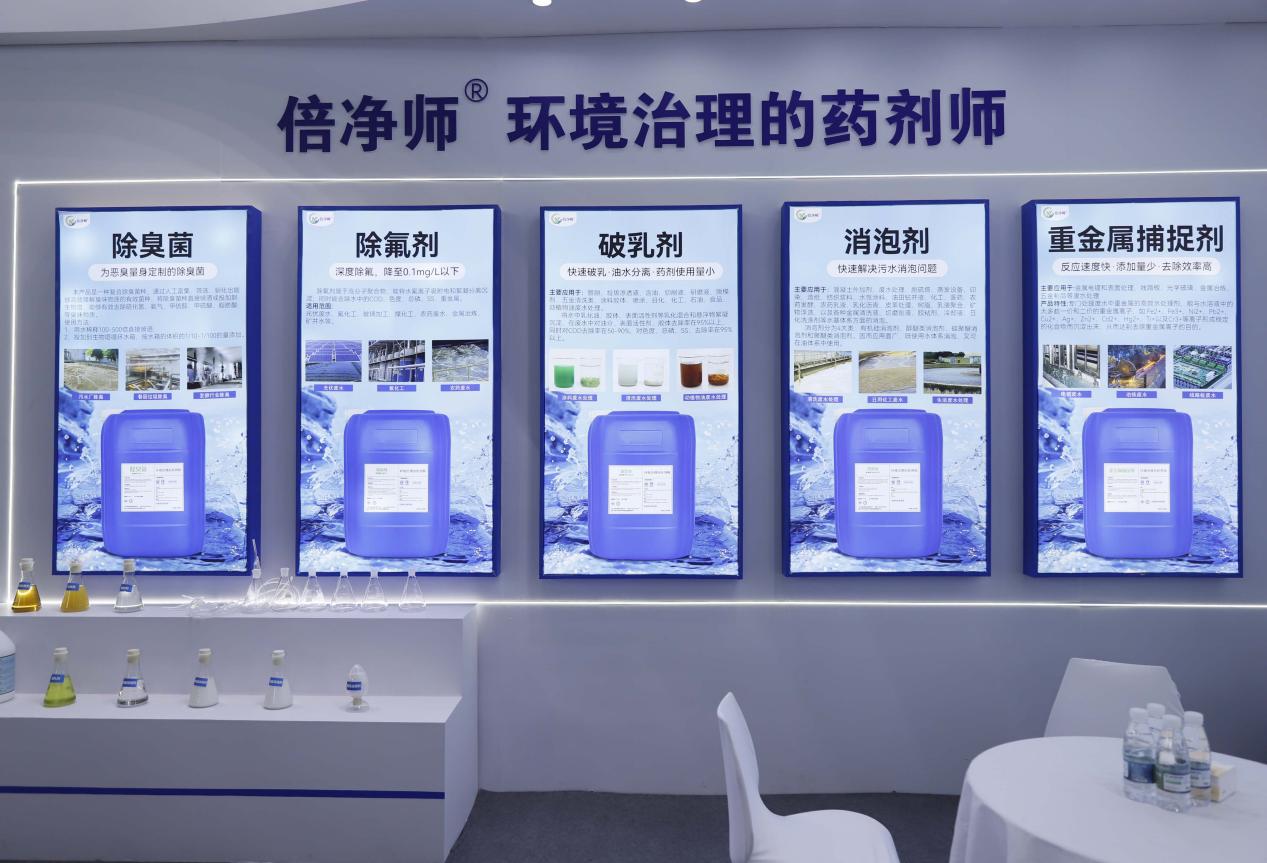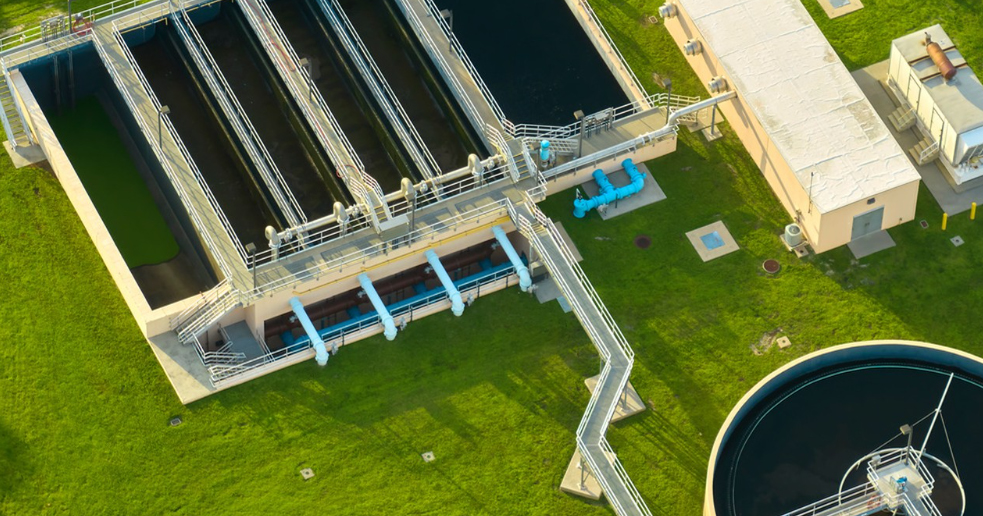In many industrial production processes, the generation of foam often brings a lot of troubles. In chemical reaction kettles, foam hinders the full mixing of substances; in the processing of food and beverages, foam affects the filling accuracy of products; and in the papermaking process, foam interferes with the uniform formation of paper. The foam problem urgently needs to be solved. As an effective solution to the foam problem, silicon-free defoamers are gradually emerging.
As the name implies, silicon-free defoamers are a type of defoamer that does not contain silicon elements. Although traditional silicon-containing defoamers have strong defoaming capabilities, they are likely to leave silicon spots on the surface of equipment, contaminate products, and are difficult to clean afterwards. Silicon-free defoamers cleverly avoid these drawbacks. Their main components include polyethers, fatty alcohols, fatty acid esters, etc. These substances have excellent defoaming properties and chemical stability, and can function in various complex industrial environments.
Silicon-free defoamers mainly achieve defoaming by reducing the surface tension of liquids. When added to a foaming system, their molecules quickly diffuse to the liquid surface, reducing the surface tension. The originally stable foam film becomes fragile due to the imbalance of tension and then breaks. At the same time, silicon-free defoamers can effectively inhibit the secondary generation of foam, ensuring the smooth progress of the production process.

Silicon-free defoamers have significant advantages. They have excellent environmental protection performance. Since they do not contain silicon components, they will not cause silicon pollution, which meets the current strict environmental protection requirements. In industries with extremely high safety requirements such as food and pharmaceuticals, the non-toxicity and good biodegradability of silicon-free defoamers make them the first choice for defoaming, avoiding adverse effects on product quality and human health. Moreover, they can maintain stable defoaming effects under harsh conditions such as high temperatures, strong acids, and strong alkalis, and show their capabilities in fields such as the chemical industry and petroleum refining.
Silicon-free defoamers have a wide range of applications. In the industrial wastewater treatment process, they can quickly eliminate a large amount of foam generated in the aeration tank, improving the efficiency of wastewater treatment. In the papermaking industry, they can remove the foam in the pulp, prevent defects such as holes and spots on the paper, and improve the quality of the paper. In the coating production process, they can effectively eliminate foam, avoid pinholes and bubbles in the paint film, and ensure a uniform and smooth coating.
When actually using silicon-free defoamers, it is necessary to reasonably control the dosage and addition timing according to the specific application scenarios and foaming characteristics. Generally speaking, it is best to add the defoamer when the foam first appears. In terms of dosage, the principle of "a small amount at multiple times" should be followed. Start by trying a low concentration and gradually find the most suitable dosage, which can achieve efficient defoaming while avoiding affecting product performance or increasing costs due to excessive dosage.












